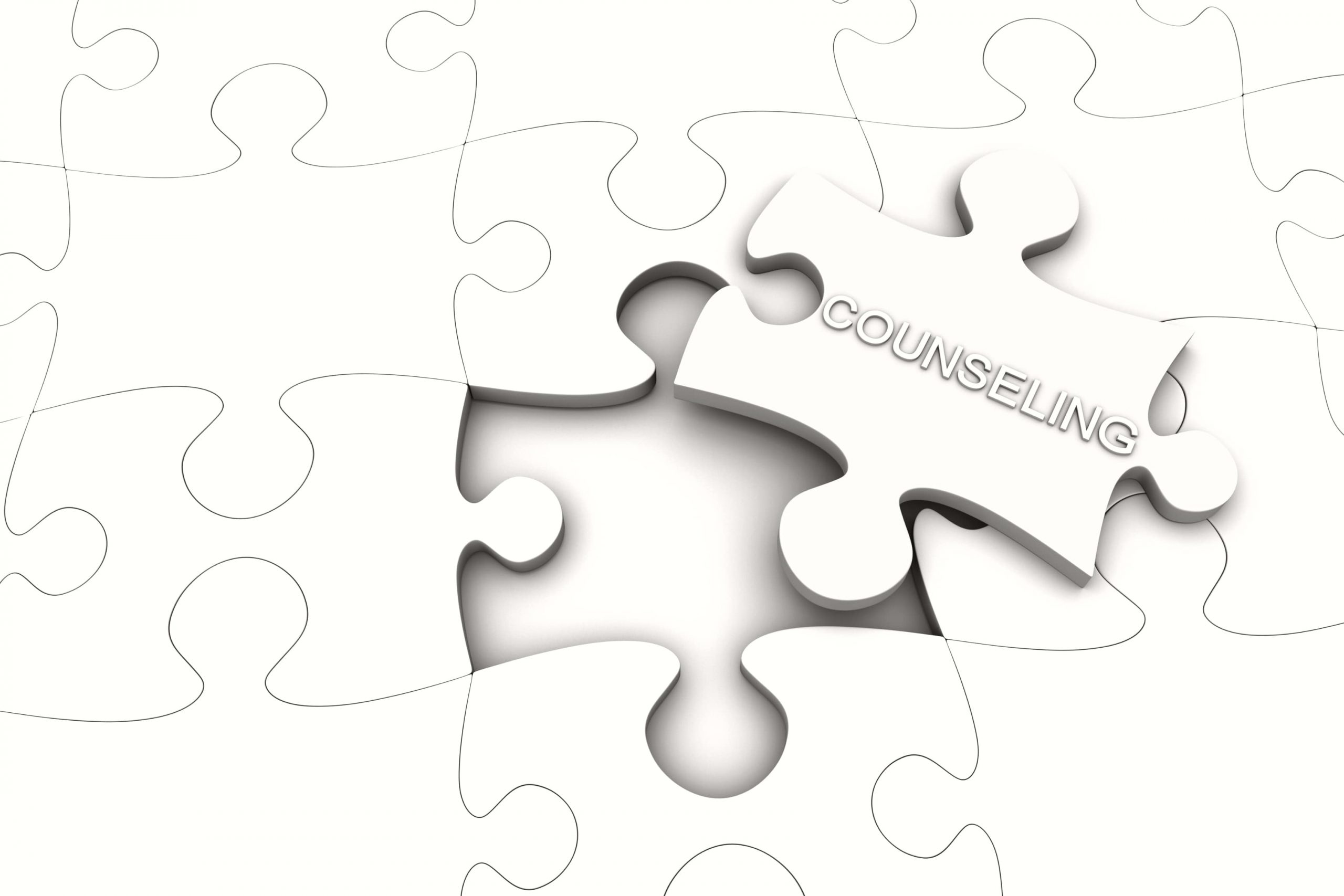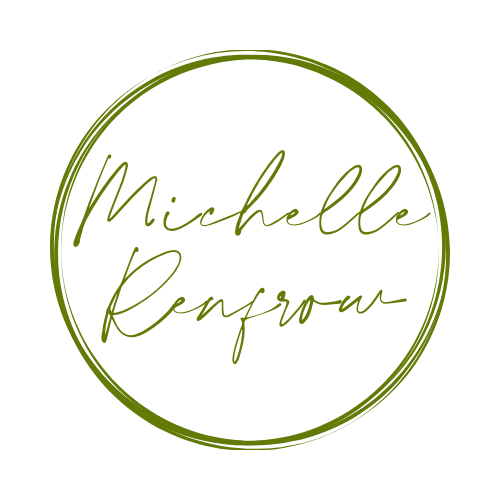
As a counselor who works with children, preteens, teens and emerging adults, I constantly struggle with finding creative and engaging ways to provide therapeutic services to my clients. I have a background in art and play therapy so I am almost always found with art materials and things to play with either in my portable therapy kit or in my office. Creativity in counseling can be very crucial when it comes to making an impact on the therapeutic relationship and experience for yourself and your clients.
What is creative therapy? Medicalnewstoday.com says that “Creative therapy uses art forms — such as dance, drawing, or music — to help treat certain conditions. Trained therapists can administer creative therapy to help people experiencing a range of mental, emotional, and physical issues.
Creative therapy does not require a person to have any sort of artistic ability. Part of creative therapy is helping a person channel their thoughts and emotions through artistic expression. For these reasons, creative therapy may be beneficial for people who have difficulty expressing their feelings verbally.
Once a person has created a piece of art, for example, they can discuss their choices with the therapist. Talking with a therapist about their creation can help the person process how they are feeling.” The same website says that,
How can creative exercises be beneficial?
There are many conditions that can benefit from the use of creative therapy. According to the American Art Therapy Association, people can use creative therapy to:
- improve cognitive and sensorimotor functions
- improve self-esteem and self-awareness
- enhance social skills
- build emotional strength
- encourage insight into situations that are causing issues
- resolve conflict or distress
One 2015 article as well as another Trusted Source suggest that creative therapy could be useful for:
- helping a person build relationships
- helping a person have a better understanding of themselves
- providing a distraction from pain or illness
- giving a person a sense of personal achievement
- providing relaxation or empowerment

One 2015 article as well as another Trusted Source suggest that creative therapy could be useful for:
- helping a person build relationships
- helping a person have a better understanding of themselves
- providing a distraction from pain or illness
- giving a person a sense of personal achievement
- providing relaxation or empowerment

Using creativity in counseling work has proven powerful
In 2018, researchers looked into studies about creative therapy and how it can help people experiencing stress. They found that in 81.1% of the studies they looked at, taking part in creative therapy significantly reduced a person’s stress levels.
Also, an article from 2020 indicates that creative therapy has various positive impacts (Trusted Source) on people with dementia, cancer, heart failure, HIV or AIDS, or end stage renal disease.”
There are many types of creative therapies out there. There is music therapy, dance therapy, art therapy, poetry therapy, and drama therapy are a few ways of engaging creativity in counseling.
I like to use sand trays and dramatic interpretations as two of my interventions.
Here is a podcast about poetry, dance and art in therapy, they provide transcripts here for those with limitations. It’s definitely worth listening to.
I want to share a couple of my favorite moments from the interview with you.
An excellent interview about bringing creativity into counseling
Mike Shook (interviewer): “One of the things you are known for extremely well in the field of counseling is for introducing creativity into the process. And so I wondered what drew you specifically into creativity in its role in counseling?”
Sam Gladding (being interviewed): “That’s a great question. I never planned to really be creative. I think it was experiences with my clients [when] I realized that while I practiced theories and techniques that are mainstream in counseling, there were other times where I needed to do something different.
That “something different” was often something that we would consider “creative”, because creativity is useful and new and socially appropriate, it was something that was unplanned often, but practical. And I began to look at people who were doing things with [creativity in counseling] and [started] reading [about it]. [I began] implementing it as well, [with] a lot of people.”
AND THIS . . .
Mike Shook (interviewer): “You spent a huge part of your career doing, among other things, speaking about [creativity in counseling]. And you talk about [the] reasons why counselors should be interested in using creativity in their work. So, can you speak to some of those reasons?”
Sam Gladding (being interviewed): “Well, I think there are a number of reasons counselors should be interested in using [creativity in counseling]. One is that it helps people who are stuck get unstuck without becoming unglued. In other words, I think more people are – when they come to us in counseling; are in a rut, rather than in a groove.
And if we can help them see life from a different perspective, then their world view is going to change and they’re probably going to do better than they’ve ever done before because they see the world differently. So, I think creativity and whether it’s big or little, but creativity in general can help people see things differently, do things differently and feel things differently!
So, again while I believe in the diagnostic and statistical manual and all the diagnoses you can have, I don’t think that most people are in that category of when they’re having difficulties in life, but they’re more stuck in doing things the way they’ve always done them.
And again, if you always do what you’ve always done, you’ll always get what you’ve always gotten, and it can help people do something different. Or in the words of the late Michael Jackson, ease on down, ease on down the road. Something that is productive.”
As you can see there are soooo many reasons being creative in counseling is valuable. Try these ten tips for increasing your creativity from an article on counseling.org I found.
- “Don’t limit yourself by thinking, ‘I am not a good artist, I’m not a photographer, I don’t do yoga, I don’t have an herb garden,’” says Heather Trepal, president of the Association for Creativity in Counseling. “Remember, it’s about the process, not the product.”
- “Do invite clients of any age to exercise their creativity,” says Suzanne Degges-White, associate professor at Purdue University Calumet. “No matter what age we are, we can be stuck in our typical ways of solving our problems — ineffective or not!”
- “Do seek supervision, research and consult on the appropriateness and effectiveness of your method,” says Stacey Goldstein, a counselor transitioning into private practice.

- “Do ask clients to try only those activities or experiences that you, yourself, feel comfortable experiencing,” Degges-White says.
- “Do be aware of the depth that the creative process may lead a client to experience,” Degges-White says. “Always make sure you leave time at the end of the session to help your client transition from the creative world back into everyday reality.”
- “Do tie creative interventions to evidence-based practices and be sure to have a solid case conceptualization,” says Victoria Kress, ACC Board trustee and chair of the ACC Graduate Student Committee.
- “Do seek out resources,” Trepal says. “They’re out there to help you.”
- “Do not in any way judge or assess clients’ work,” Degges-White says. “It is important that you take on the role of witness, not critic, when clients engage in the creative arts.”
- “Do not force any clients to ‘create’ if they are not ready or invested,” Degges-White says. “Even children should be able to make choices about their therapy time.”
- “Don’t underestimate your own creativity and ability to develop creative interventions,” Kress says. — Lynne Shallcross
